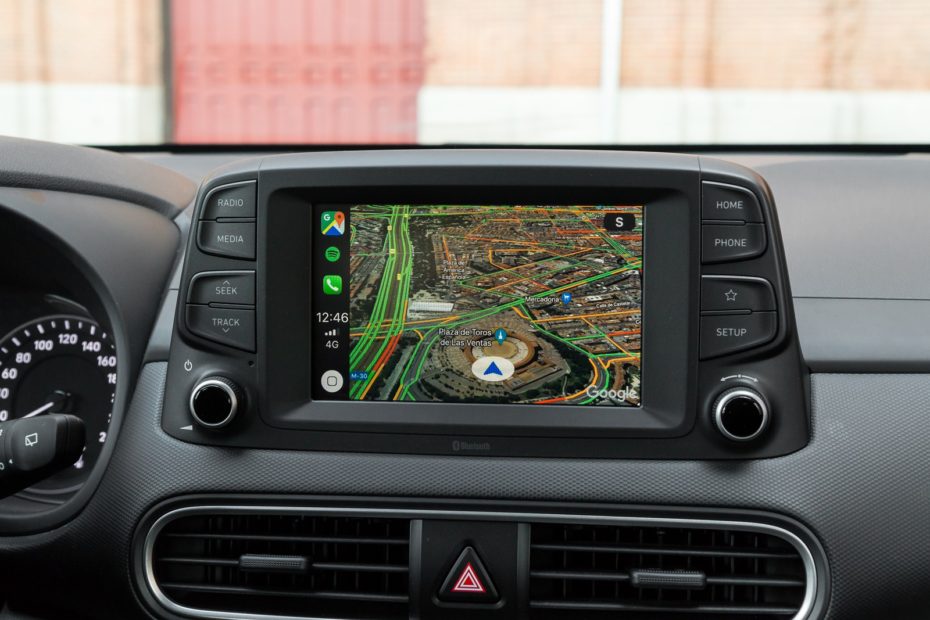When installing a GPS locator in a vehicle we have stopped what the locator will be used for, to know more or less what consumption it will have, and how we will connect it. Do we want an anti-theft? A tracking device? Fleet control?
Whenever possible, it is also convenient to carry out preliminary tests of where to install it; will we have a good GPS signal? Do we want the tracker to be accessible in case it has to be manipulated? Or do we want to hide it as much as possible? Do we need extras such as a panic button, micro, external GSM, or GPS antennas? Which locator model is more convenient for us?
It is always advisable to think first, and install only once. If the installation is carried out without planning and meditating on it previously, the normal thing is that afterward, we will have to modify it or repeat it when we realize that we have made mistakes. It must be clear how and where we will install the tracker.
- Will we always leave it connected to the battery? This may be the appropriate option in vehicles that move constantly (without risk of leaving the vehicle without a battery), or where the battery cost of the locator is going to be less (if for example we want to use it by SMS, or by GPRS but sending few data). The locator will always be charged at the expense of the vehicle battery, and can be discharged.
- Will we leave it connected so that it only charges when the vehicle is in use? In this case, the locator will charge the internal battery only while the vehicle is running. When stopping the vehicle we will also stop charging, at which point the locator will start using the internal battery. If the vehicle remains stationary for a long period, the locator will end up running out of battery, but we will never run the risk of discharging the battery of the vehicle.
- We will always leave it connected to the battery, but with an accessible switch? With this option, we will have a mixture of the two previous cases, since we can choose manually using a switch when we want the locator to load.
The summary is simple, but the figures must be obtained by each one for their specific case, taking the following three variables, and thinking that depending on how we do the installation, we can end up with a locator, or a vehicle without a battery:
- Localizer battery cost (depending on whether we use it with SMS or GPRS, and by GPRS depending on how often we send data)
- Load provided by the vehicle to the locator (depending on how we have wired it)
- Charge available in the vehicle (according to battery capacity, or the use that vehicle has daily).
In the installation that we carry out in the following photos, the following parameters have been used:
- 125cc motorcycle; low battery capacity (compared to car, van, truck, etc).
- It is used almost daily; the vehicle rarely remains stationary for more than a day.
- When left unused for long periods, he sleeps in a private parking lot.
- Using the locator mainly as an anti-theft.
We will connect the locator so that it charges only when the vehicle is running. In this way, if the vehicle is not used in a couple of days it will be left in the parking lot, and the locator will end up running out of battery. In this way, we will not run the risk of the tracker leaving the motorcycle without battery. The locator will be used by GPRS, sending data every 5 or 10 minutes.



